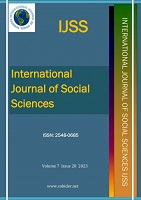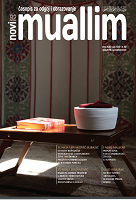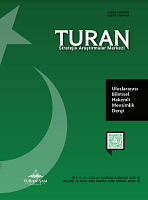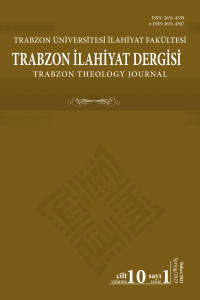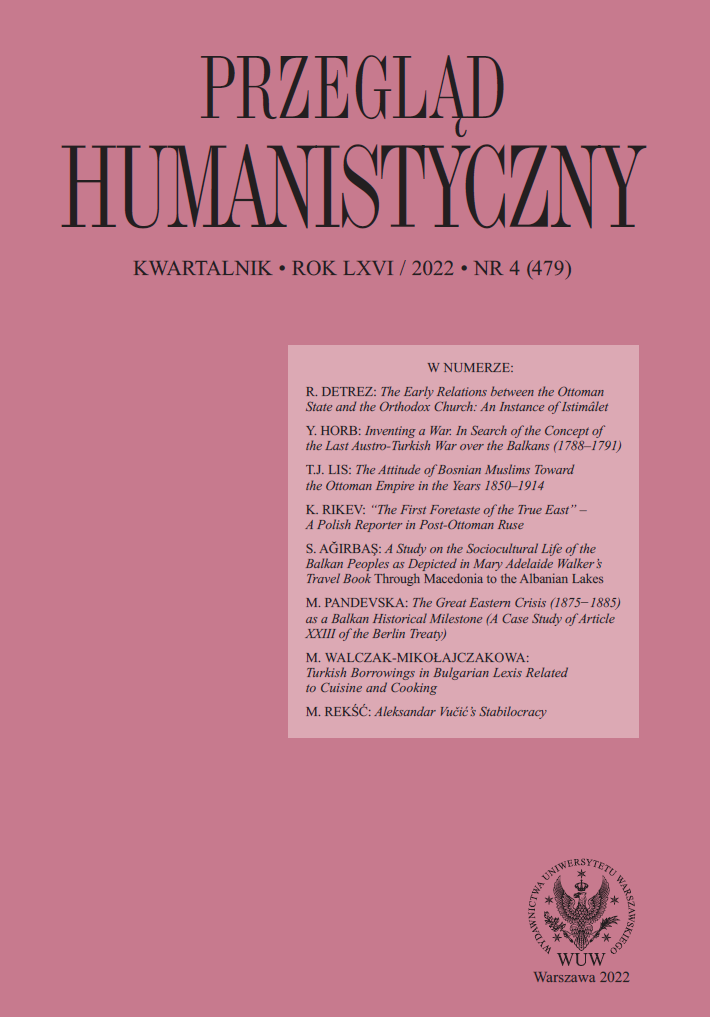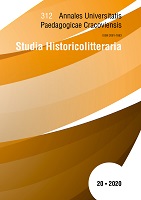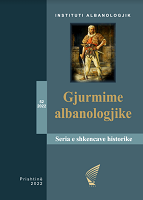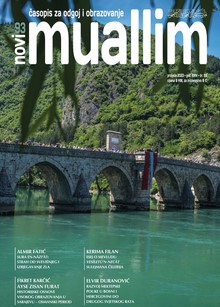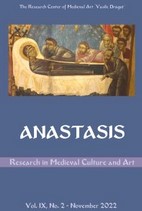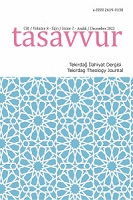
İslam Hukuku Açısından Örfî Nikahın Değerlendirilmesi
This article aims to evaluate the types of customary marriage, the reasons that paved the way for its spread, the sociological approach of the people with statistical data, and the evaluation in terms of Islamic Fiqh (jurisprudence). In the study, it has been tried to reach the right result by considering the social reasons and legal norms together. In order to correctly evaluate people's orientation to customary marriage, statistical data was used in the study, thus it was aimed to reveal the sociological dimension of the research. In the research, firstly, the definition of the concept of marriage, its elements, conditions and types were briefly explained and the conceptual, legal framework and imagination of marriage were drawn. Thus, the main concepts and norms in which the customary marriage will be evaluated and compared have been put forward. Afterwards, the definition of customary marriage, which is the main subject of the study, its types, the countries where it is spreading, statistical data, the reasons that paved the way for its emergence, and Islamic Fiqh from the classical to the present were made. As a result, customary marriage was performed in three different ways, two of which were permissible, one was not; It has been determined that the applicants for this wedding are generally those who want to have more than one marriage and the university students. It has been seen that this customary marriage has some positive and negative consequences, and those who look at its positive aspects are allowed, while those who consider its negative aspects are not. However, from the classical period to the present, it has been determined that it is permissible for the public to hide the two-witness marriage on the grounds that it fulfills the condition of announcement, even if it is demanded from the witness.
More...
